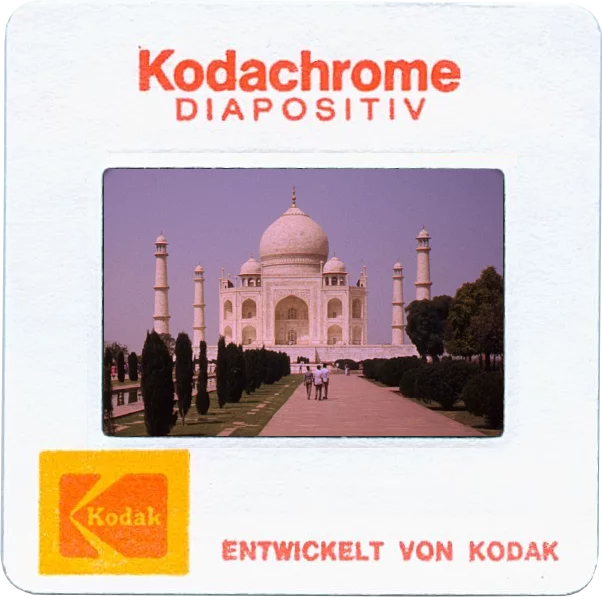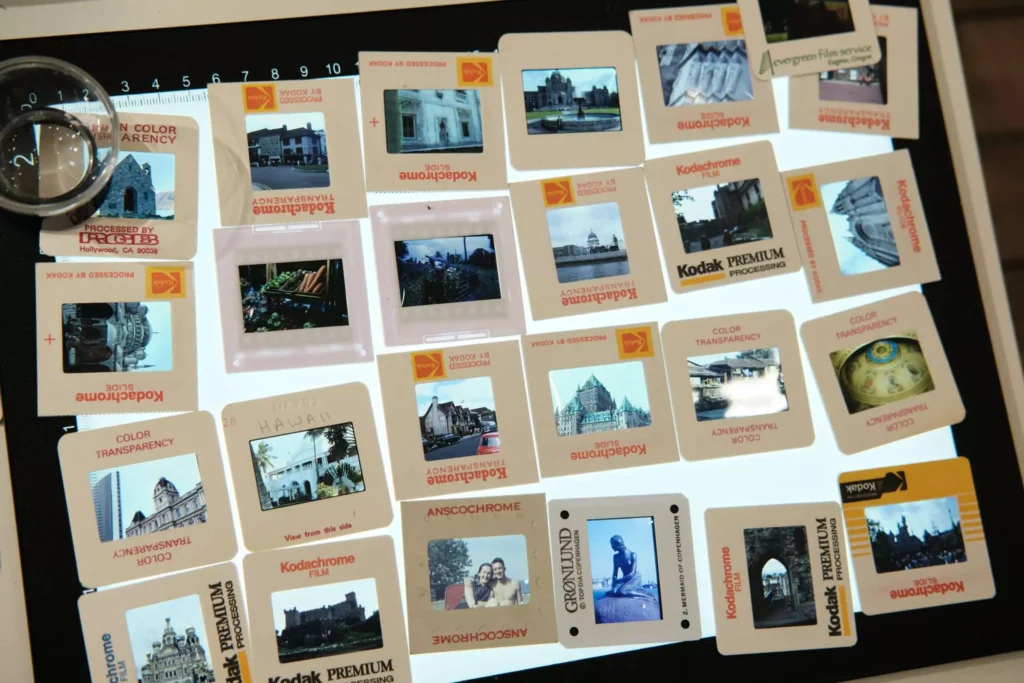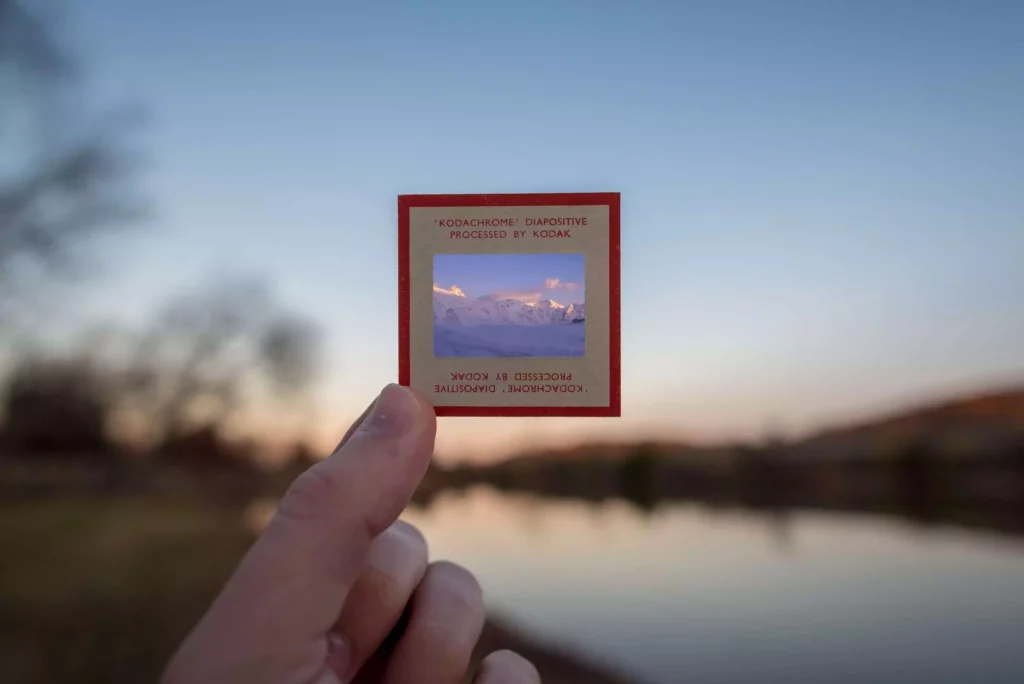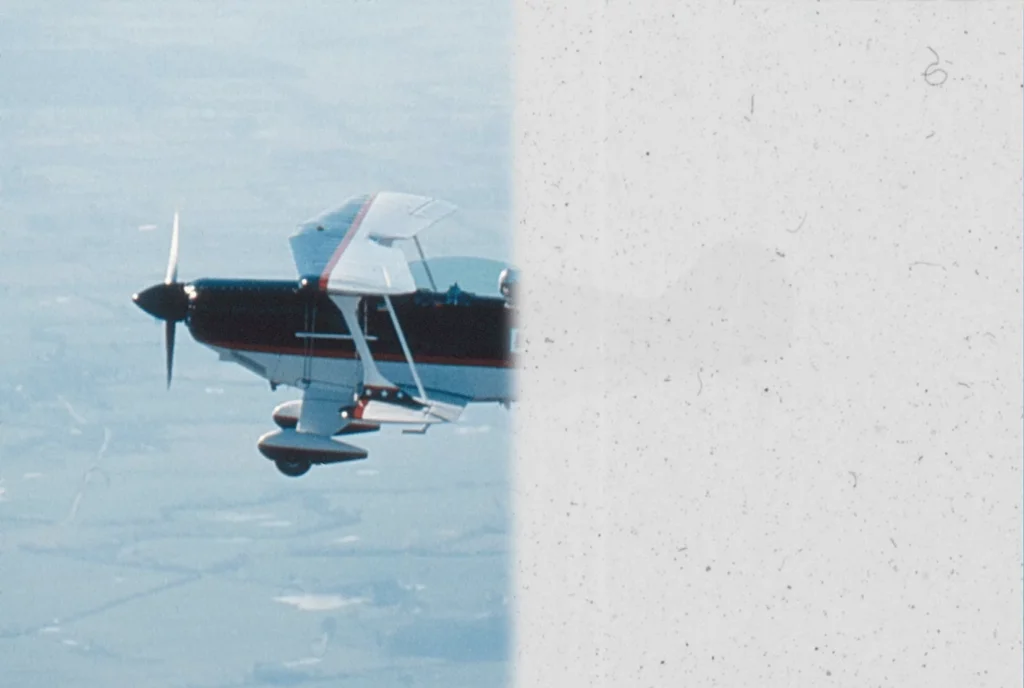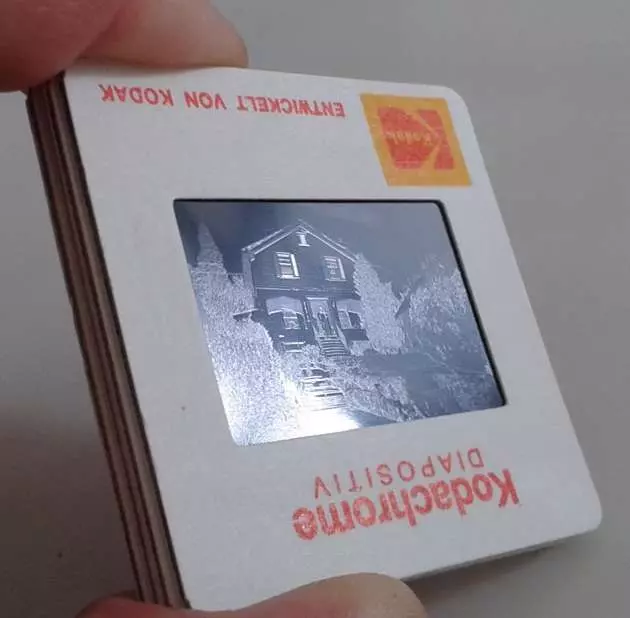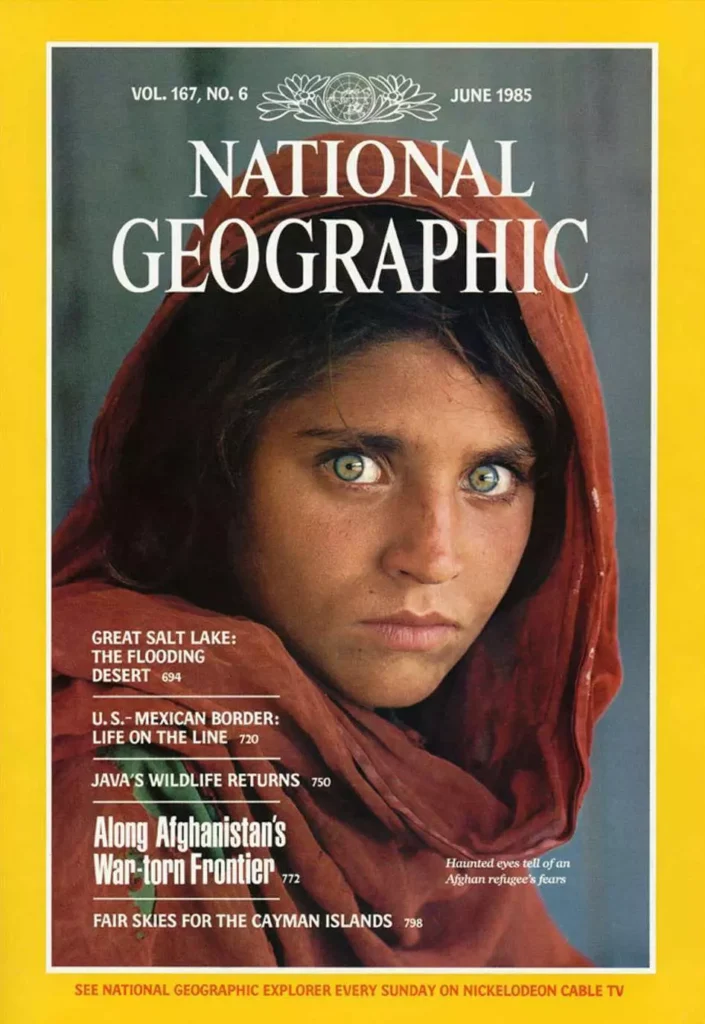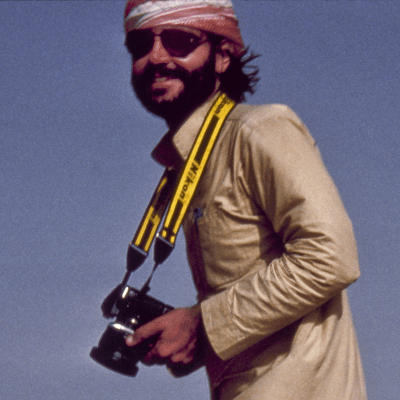Yo tengo más de un millón de diapositivas Kodachrome en mi archivo de imágenes. El proceso de digitalización de estas imágenes me ha dejado claro que el factor más costoso para mí es el tiempo que requiere eliminar polvo y rasguños. Gracias a Dios existe SilverFast. La función de eliminación de polvo y rasguños de este software me representa un enorme ahorro de tiempo. ¿Si recomiendo SilverFast? Puede apostar que sí.
Escanear Kodachrome
¿Es realmente necesaria una introducción para las películas Kodachrome? Seguramente no. Para la mayoría de fotógrafos analógicos Kodachrome es un término y para muchos otros más que eso: un recuerdo, un pedazo de historia, un sentimiento. La invención del Kodachrome es atribuido a los músicos Leopold Godowsky y Leopold Mannes, quienes presumiblemente trabajaron en base a las investigaciones del Dr. Rudolf Fischer y por encargo de Kodak. Bromeando también se refiere en el inglés que la película fue creada por God(owsky) y Man(Mannes), haciendo referencia a “Dios y el hombre”.
Kodak produjo esta muy exitosa película de tres colores desde 1935 hasta 2009 y estuvo, en cuanto a calidad comparado con otros proveedores de películas, por mucho tiempo en lo más alto. Las diapositivas Kodachrome se distinguen por su excelente nitidez, su finura y su reproducción de colores natural y deberían ser guardadas correctamente para que duren por más tiempo.
¡Pruebe SilverFast ahora gratis!
Descargue nuestra versión demo para conocer SilverFast sin compromiso. ¿Ya estás convencido? Visite nuestra tienda en línea para comprar SilverFast y desbloquear la versión completa.
